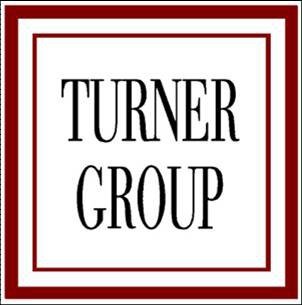Hospital Ventilation Design
Turner Building Science & Design, LLC (TBS) has been a leader in advanced indoor air quality over the years. Extending that experience into the hospital operating room environments and general population areas can have a dramatic improvement on your facility indoor air quality. TBS is consulted regularly for input with establishment of state operating room standards for filtration and ventilation rates in accordance with ASHRAE and AIA guidelines. Leading the way for a better working and haling environment coupled with energy conservation and reduced operating costs.
Hospital Scope of Work
To make the operating suite conform to current State regulatory agency criteria, the standards set by the AIA guidelines for design and construction of hospital and health care facilities, the 2003 ASHRAE HVAC applications, chapter 7 health care facilities, NFPA 99 Health Care Facilities, and the CDC 2003 Guidelines for Environmental Infection Control in Health Care Facilities should be verified as in place or implemented and integrated into the existing system. The following list of items are either missing at the subject facility or need to be verified as existing. Only items thought to be deficient are included in this listing.
- The temperature and humidity set points of each surgery room should be adjustable by the surgical staff.
- Air pressure should be kept positive with respect to any adjoining spaces.
- A differential pressure indicating device should be installed in each operating space to permit air pressure readings in the room.
- Room conditions should range from 68°F to 73°F and 45% to 55% RH.
- Each operating room should be capable of being set to the un-occupied mode for energy conservation when not in use. Reduce recirculation to 25% of occupied design.
- Outdoor air should be maintained at 5 air changes per hour (ACH) with a total recirculation rate of 25 ACH.
- Outdoor intake air should be 25 feet or more from vents and exhausts. Distances greater than 25 feet may be required where roof conditions may trap or re-entrain fumes.
- An audible and visual alarm shall sound in rooms with ethylene oxide sterilizers with the loss of exhaust air flow.
- A manometer shall be installed across each filter bed having an efficiency of 75% or more.
- Ductwork interior should be accessible for inspection and cleaning.
- Steam to humidifiers should be clean steam free of boiler chemicals.
